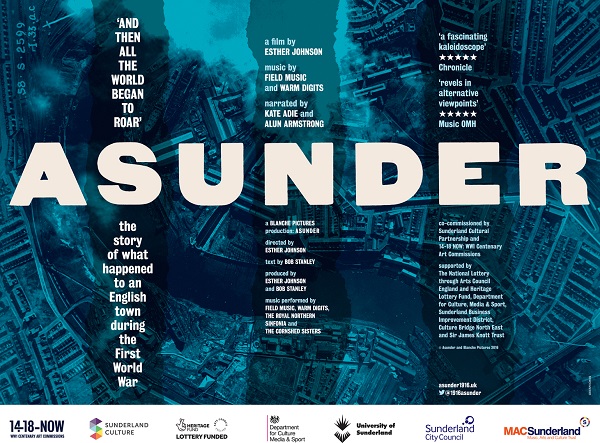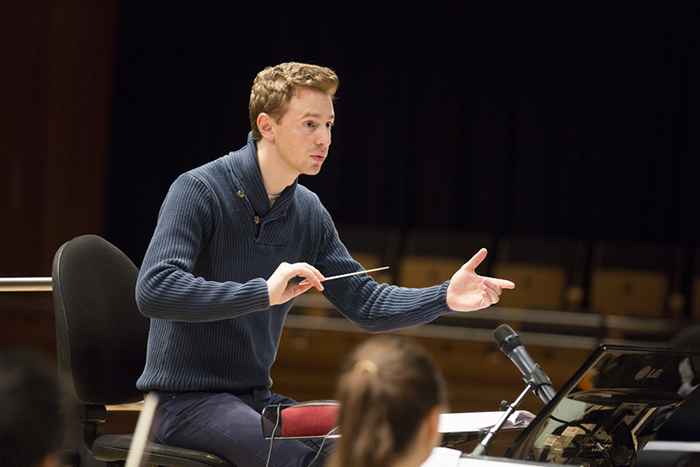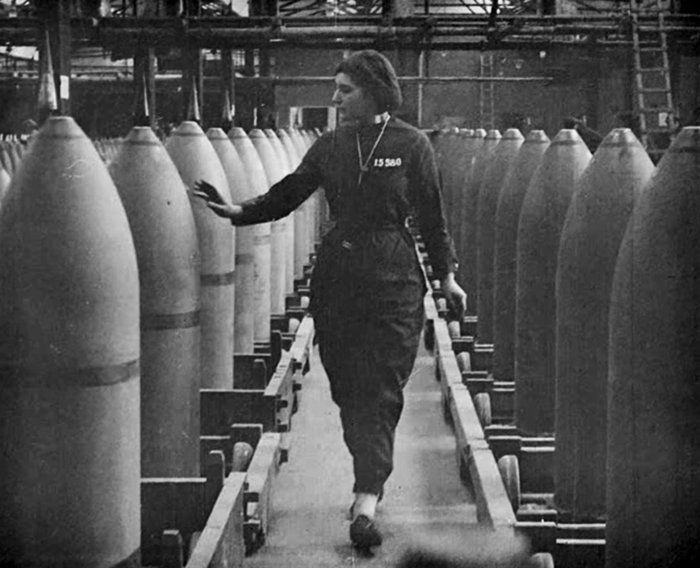Asunder tells the story of what happened to an English town during the First World War, with almost all of its men abroad fighting and its women and children left behind. The North East was in the front line, thanks to its shipyards and munitions factories.
Using archive and contemporary footage and audio, Asunder collages the stories of people from Tyneside and Wearside to uncover what life was like on the home front, with bombs falling on Britain for the first time, conscientious objectors sentenced to death, and women working as doctors, tram conductors and footballers. The narrative moves from an Edwardian golden era, in which sport grew in popularity and aircraft and cars pointed to a bright new future, to a war that horrifically reversed this progress. In the Battle of the Somme, commencing on 1 July 1916, British, French and German armies fought one of the most traumatic battles in military history. Over the course of just four months, more than one million soldiers were captured, wounded or killed in a confrontation of unimaginable horror.
The narration for the film is voiced by broadcast journalist Kate Adie, with the actor Alun Armstrong as the voice of the Sunderland Daily Echo and Shipping Gazette.
A film by Esther Johnson, with a soundtrack composed by Sunderland’s Mercury-nominated Field Music and Newcastle’s Warm Digits, performed with the Royal Northern Sinfonia and The Cornshed Sisters co-produced with Bob Stanley.
To commemorate the Battle of the Somme centenary, the premiere of Asunder took place on 10 July 2016 at the Sunderland Empire, one of the largest remaining music halls in the UK, opened in 1 July 1907 by Vesta Tilley, known as Britain's best recruiting sergeant in WW1.
This research was co-commissioned by Sunderland Culture and 14-18 NOW: WW1 Centenary Art Commissions, supported by The National Lottery through Arts Council England and the Heritage Lottery Fund, the Department for Culture, Media and Sport, Sunderland Business Improvement District, Culture Bridge North East and Sir James Knott Trust.
Methodology
"In making Asunder I wanted to uncover alternative social histories of WW1 – moments of magic during the horror, attempts at finding normality in abnormal circumstances – to find a new way of understanding the war and give prominence to stories that may not have been given space in the history books.
In researching rarely seen archival film I was keen to find footage of WW1 that you might not expect – shots that clearly show the friendships forged between young soldiers; animations of zeppelins, a man-in-the-moon, and ships at sea; a soldier attempting to kiss a girl under the Christmas mistletoe; graphics and inter-titles; and footage from a different point-of-view, be it taken from the front of a tank, or from an airship. Archive material is mixed with contemporary footage of locations in Tyne and Wear as they exist now in order to bring the period of 1914–18 to life in sometimes surprising ways. Contemporary footage is themed into sections of Home, Leisure, and Work.
Further research was undertaken in local and national archives with a focus on drawings, letters, diaries written during the war, and memoirs and oral history recordings from survivors reflecting back on the war. The film narrative has been woven from this material, in addition to articles published in 1914–18 copies of the Sunderland Daily Echo and Shipping Gazette. We were lucky enough to have Kate Adie and Alun Armstrong narrate the film, both from the North-East and familiar with locations where individuals featured in storyline’s had lived.
I was fortunate to be able to track down living relatives of some of the individuals featured in the film. This dialogue presented a further personal perspective of people’s histories and the legacy of the past on specific families. Some relatives have written texts about their family members for me and these texts are included below.” – Esther Johnson
Screenings and Events
Screenings with live music have been performed at the Barbican, London and Sunderland Empire. Over 50+ screenings of the work have taken place in cinemas, community venues and arts spaces across the UK including, the BFI Southbank, London; HOME, Manchester; and Filmhouse, Edinburgh.
Esther has also presented the work at conferences including:
- Future-proofing Our Collections: Unleashing the Power of Archive Film · London’s Screen Archives 2020 Conference Museum of London, Barbican, London
- FAMLab Film, Archive and Music, British Council at 2018 Sensoria festival, Sheffield
- International Oral History Association 2018 conference, Memory & Narration, University of Jyväskylä, Finland
- Live Cinema 2018 Summit, Sheffield Doc/Fest
- 2018 Heritage Conference, Sheffield Hallam University
- BAFTSS 6th Annual conference, Revolution: Politics, Technology, Aesthetics University of Kent
- MeCCSA 2018 Annual Conference, School of Arts and Creative Industries, London South Bank University
- New Approaches 2017, Film London Artists' Moving Image Network, Toynbee Studios, London
- The Sound Of Memory, Sound-track / Sound-scape, Whitechapel Gallery, London
The research was awarded 14-18 Now funding in 2019 for a further tour and production of a Learning Resource with Sunderland Music Hub. This was rolled out into schools in late 2020.
In response to Covid-19, 2020 screenings took place online. Further cinema, community and arts venues screenings commenced in 2021.






